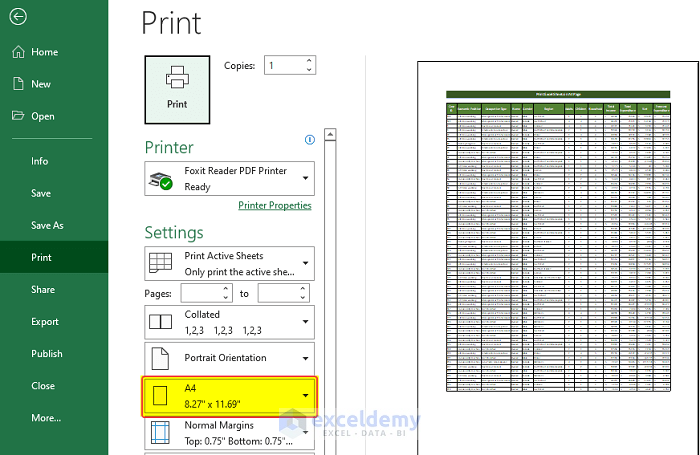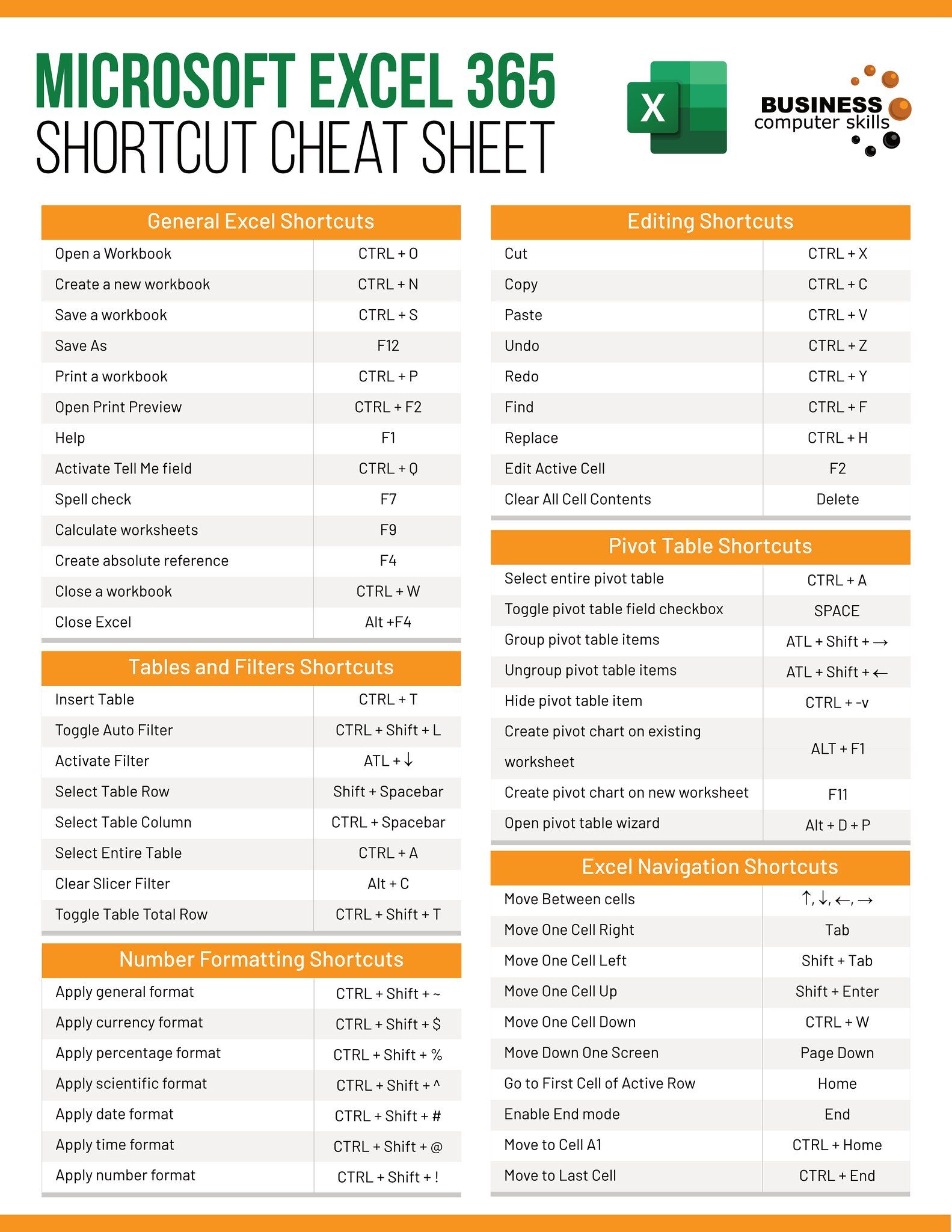5 Ways to Print Excel Sheets on One Page

Printing a long Excel spreadsheet in a way that fits within a few pages can often be a daunting task. Whether you're preparing a report for a meeting or need to condense financial data for an audit, knowing how to print your Excel sheets on one page can save paper, time, and reduce the likelihood of misplaced or lost pages. Here's a comprehensive guide to help you achieve this goal:
1. Adjust Page Layout Settings

Excel offers a variety of page setup options that directly influence how your data will fit on a printed page:
- Orientation: Change from portrait to landscape to increase the width of your printable area, potentially fitting more columns into one page.
- Margins: Use narrow or custom margins to expand your printable space. Go to File > Page Setup > Margins for adjustments.
- Scaling: Under Page Setup, you’ll find options to scale your worksheet to fit a specific number of pages both horizontally and vertically. Aim for something like 1 page wide by 1 page tall.
- Print Area: Define a specific print area if you don’t need all the data to be printed. This can be done by selecting the area you want to print and then setting it as the print area from the Page Layout tab.
🔍 Note: Be aware that scaling can make text smaller, which might affect readability if not adjusted properly.
2. Format Your Spreadsheet

Optimizing your Excel file before printing can significantly help in fitting all the necessary data onto one page:
- Font Size and Type: A smaller font size can pack more data, but ensure it’s still legible. Sans-serif fonts like Arial or Calibri tend to be clearer when printed.
- Column Widths and Row Heights: Adjust the width of columns and the height of rows to minimize unnecessary space. Use the AutoFit feature to adjust automatically or set a fixed size.
- Hide Unnecessary Columns/Rows: If some data isn’t essential for the printout, hide those columns or rows to conserve space.
- Remove Extra Formatting: Excessive cell borders, bold text, or images can take up valuable space. Simplify where possible.
3. Use Print Titles and Gridlines

To make your Excel printout more readable:
- Print Titles: These repeat headers or titles on every printed page. Set them via Page Layout > Print Titles.
- Gridlines: If your data is tabular, turning on gridlines can make it easier to follow data across pages, although this might take up more ink.
4. Optimize with Page Break Preview

The Page Break Preview feature in Excel helps you visualize how your data will print:
- Switch to this view from the View tab and manually adjust breaks to control where your data will split across pages.
- Drag the blue lines to set page breaks where you want them, minimizing empty space.
- Use this view to align data vertically if you’ve chosen to scale to fit within one page vertically.
5. Preview Before You Print

Before sending your Excel file to the printer:
- Use Excel’s print preview function under File > Print to check the layout. Here, you can still make last-minute adjustments.
- Adjust print quality settings if you’re okay with reducing ink consumption for less critical documents.
- Consider saving the Excel file as a PDF first to print from there, giving you additional control over formatting.
📎 Note: Printing as PDF can help in retaining complex formatting like headers and footers that might otherwise be lost in regular printing.
In your quest to print Excel sheets on one page, remember that the objective is to present your data clearly and concisely. The techniques mentioned above not only help in fitting data onto one page but also in ensuring that the information remains readable and useful. By carefully adjusting your settings, formatting your data, and utilizing Excel's print features, you can create a professional and informative document that conveys all the necessary data in a compact form. From page setup to print previews, each step contributes to producing an effective printout that meets your business or personal needs.
What if my Excel sheet is too wide to fit on one page?

+
If your Excel sheet is too wide, consider reducing the font size, using landscape orientation, scaling the content, or reducing the number of columns by hiding unnecessary ones or splitting your data across multiple print jobs.
Will scaling my Excel sheet affect the readability of the data?

+
Yes, scaling down can make text smaller and potentially less legible. Ensure you balance the scale setting with readability by perhaps adjusting font size or increasing margins.
Can I set different print areas for different pages within one Excel workbook?

+
Excel does not allow setting different print areas within one workbook for printing purposes directly. However, you can set up separate sheets or named ranges for different print areas and print them individually or save them as separate PDFs for printing.
How do I include headers and footers when printing?

+
Go to Page Layout > Print Titles, and you can specify headers and footers that will appear on every printed page, aiding in document identification and navigation.
What if my Excel sheet contains charts and images?

+
Ensure charts and images are resized appropriately before printing. Excel can print images, but you might need to adjust their placement or scale down the entire sheet to fit everything onto one page. Printing as PDF first can help maintain image quality and layout.